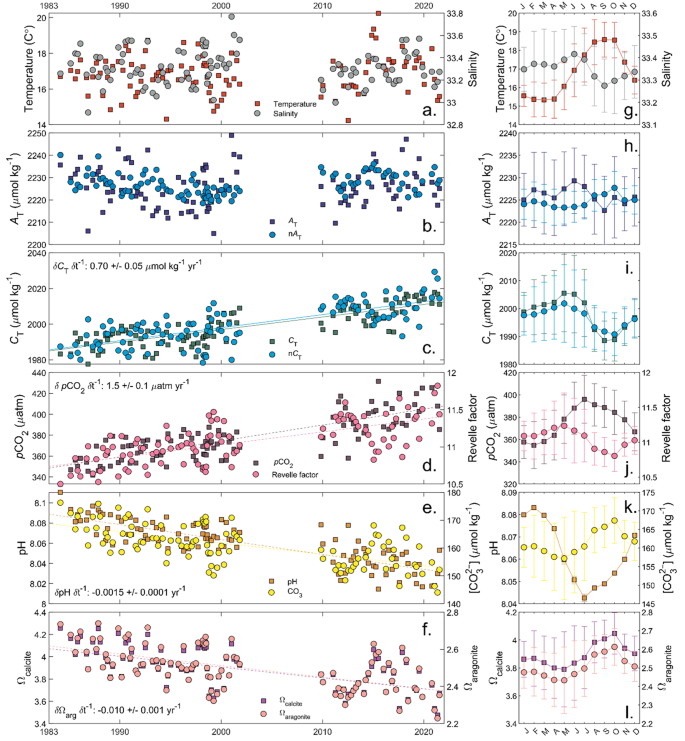2023-11-27 イリノイ大学アーバナ・シャンペーン校
◆ストルバイトは廃水から栄養素をリサイクルし、農地でのリンと窒素の浸透を減少させ、通常のリン肥料と比較して大豆の収量を維持または向上させる。従来の肥料に比べてストルバイトはリンと窒素の浸透が低く、大豆の収量にも影響なし。ただし、現在のストルバイト製造業界は需要を満たすには小規模。将来的には市場に登場する可能性があると指摘。
<関連情報>
- https://aces.illinois.edu/news/recycled-phosphorus-fertilizer-reduces-nutrient-leaching-maintains-yield
- https://acsess.onlinelibrary.wiley.com/doi/10.1002/jeq2.20522
- https://acsess.onlinelibrary.wiley.com/doi/full/10.1002/ael2.20116
リン酸一アンモニウムに対するストルバイトのリンと窒素の溶出に関するフィールドスケール評価 Field-scale evaluation of struvite phosphorus and nitrogen leaching relative to monoammonium phosphate
Patricia Leon, Yuhei Nakayama, Andrew J. Margenot
Journal of Environmental Quality Published: 06 October 2023
DOI:https://doi.org/10.1002/jeq2.20522
Abstract
Struvite (MgNH4PO4·6H2O) is a wastewater-derived phosphorus (P) fertilizer with potential to reduce P as well as nitrogen (N) losses due to its low water solubility. To test hypothesized lower P and N losses from struvite relative to monoammonium phosphate (MAP), field experiments with a randomized-complete block design were conducted in central (Urbana) Illinois on an Endoaquoll-Argiudoll complex and in southern (Ewing) Illinois on a Fragiudalf-Hapludalf complex. Fertilizer was broadcast applied in the fall prior to spring planting of soybean (Glycine max L.) at a maintenance rate of 29.5 kg P ha−1 (Urbana) and 22.0 kg P ha−1 (Ewing). In the spring, soil extractable N and Mehlich 3-P at 0- to 15-cm and 15- to 35-cm depths were determined, and leached N and P were estimated using fall-installed ion-exchangeable resin (IER) lysimeters. At Urbana, soil extractable nitrate-N was higher under MAP than struvite at 0- to 15-cm depth. At Ewing, soil Mehlich 3-P under struvite was lower than MAP at both depths. At Urbana, leached P was 10-fold lower, and leached N was twofold lower under struvite than MAP. Soybean yields were similar between MAP and struvite at Urbana (4.1–4.3 Mg ha−1) and Ewing (3.2–3.5 Mg ha−1), but at Ewing yields were 23% higher under struvite compared to the P-unfertilized control. Off-season yield-scaled P and N losses under struvite were lower than MAP by 51% at Urbana and by 10% at Ewing. Our results support the hypothesized potential of struvite to reduce nutrient losses while meeting crop P needs. Additionally, we identify disproportionally greater reductions in N leaching and yield-scaled N losses by substituting struvite for MAP in fall applications, indicating that struvite can offer greater relative benefits for N loss reduction than P loss reduction.
リン酸アンモニウム肥料の窒素の運命:盲点 The fate of nitrogen of ammonium phosphate fertilizers: A blind spot
Andrew J. Margenot, Jeonggu Lee
Agricultural and Environmental LettersPublished: 09 October 2023
DOI:https://doi.org/10.1002/ael2.20116

Abstract
Ammonium phosphate fertilizers are a common phosphorus (P) source for crops, namely monoammonium phosphate, diammonium phosphate, and ammonium polyphosphate. Despite containing appreciable nitrogen (N), ammonium phosphate fertilizers are generally considered P fertilizers. However, the approximately 8.5 million Mg N co-applied with P annually as ammonium phosphate fertilizers represents 8% of global N fertilizer input flux to agroecosystems. Despite this, a systematic review of the literature revealed only one direct assessment of N losses from ammonium phosphate fertilizers. An additional five studies reported NO3-N leaching and N2O-N emissions from soils fertilized with ammonium phosphates, but inadvertently as observations from failed or control treatments that are confounded (e.g., not accounting for non-fertilizer contributions to N losses). The magnitude and fate of N co-applied with P in ammonium phosphate fertilizers is a blind spot in agroecosystem N budgets and environmental footprints that necessitates quantification.
Core Ideas
- Ammonium phosphate fertilizers (AP) are an overlooked N input to agroecosystems (8% of global N inputs).
- No study explicitly evaluates N loss from AP via NO3-N leaching and N2O-N losses.
- Inadvertent comparisons in five studies are confounded by the lack of an unfertilized control.
- Simultaneous and explicit evaluation of NO3-N and N2O-N losses of AP are needed.
- The fate of N applied as AP is a key blind spot in agroecosystem N budgets that should be resolved.



